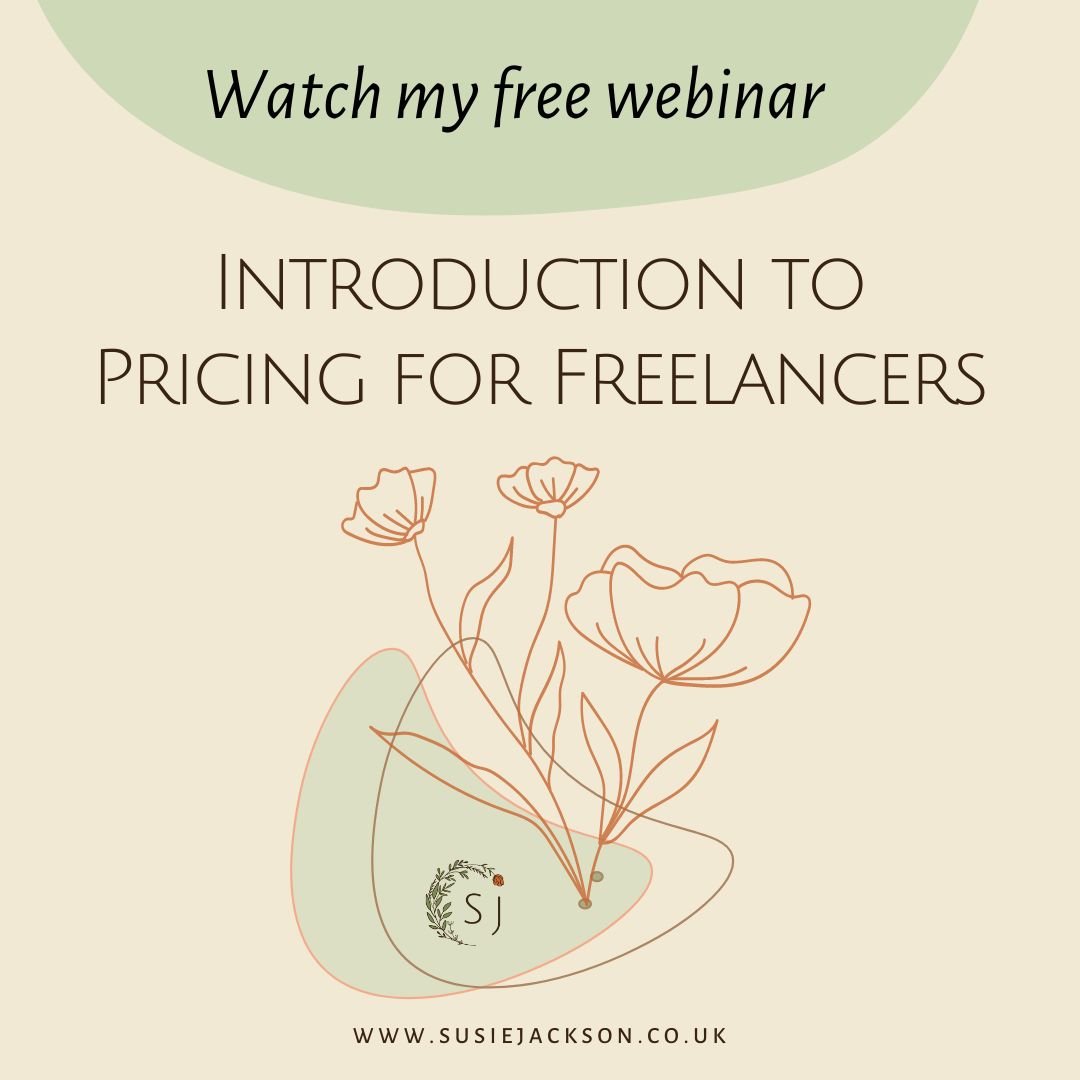How to Negotiate on Price When Quoting for a Project
Knowing how to negotiate is a key part of ensuring you earn enough to make a decent living on each and every project. But it’s also something that many of us struggle with and feel uncomfortable doing. I’ve spoken to lots of freelancers who have told me they lack the confidence to negotiate with a potential client, without worrying about receiving a negative response.
In this blog post, I’ll be putting together some price negotiation tips to help you think objectively about how to quote a project. By removing some of the emotion and encouraging you to think about things from a transactional business point of view, I hope you’ll feel more confident when entering negotiations with a client who might struggle to pay your rate.
How does price negotiation work?
Negotiation is a normal part of business transactions. The more comfortable you are with the concept, the easier it’ll be to put into practice.
Negotiation essentially works when one person gives something up and the other person gives something else up in exchange. In this case, we’re talking about you, the service provider, giving up a higher price and lowering the cost to the customer in return for a reduction in the demands made of you by the client. It’s all about compromise on both sides and should never involve you agreeing to a lower price without getting something you want as well.
Tips on how to negotiate with clients on pricing
1) Don’t lower the price without asking for something in return
Sometimes clients we’d really like to work with can’t afford to pay our rates, and that’s fine. But we need to remember that however much we’d like to work with them, we can’t lower our rates to the extent that we’re not earning enough money to make the project viable. Fortunately for us, there’s a way round this problem! Rather than lowering our price for the same amount of work, we can reduce the cost while reducing the scope of the project.
For example, let’s imagine you’re a social media manager and you know how to charge for social media posts. If the potential client has asked you for 20 social media posts but, upon presentation of your quote, says they can’t afford your fee, you could offer them a price they can afford for a reduced number of posts.
Similarly, if you are a translator and know how much you need to be making per hour, you could lower the price in return for delivering the translation in plain text rather than formatted text. By offering a simpler format, and therefore spending less time on the work, you might be able to give the customer a lower fee while still earning what you need per hour.
Deadlines can also be good to use in negotiations. You could consider agreeing a longer turnaround time in exchange for a lower price if it means you can fit the work in easily around your other commitments.
2) Remember that you don’t have to negotiate if you don’t want to
It’s your business, and one of the best things about being your own boss is that you get to make the rules! If you don’t want to offer the client a lower price, you don’t have to. Perhaps you weren’t really feeling that project anyway, or maybe you’re really busy at the moment and would have struggled to include the extra work in your schedule.
Either way, if you think the client might be trying their luck, stand firm and see what happens. When a customer asks to pay less, it doesn’t necessarily mean you’ll get a no if you refuse to budge.
3) Have a clear minimum that you won’t go below
It helps to have a minimum that you already know you won’t go below before you enter into a negotiation. By having a clear idea of your prices and how much you need to be earning, you’ll enter into negotiations with more confidence and without being afraid of making a mistake, asking for too much or accepting too low a price.
In Charge with Confidence, I teach you how to price your services so that you know how low you can go while still earning enough to make each project viable.
4) Start by quoting higher than your minimum to leave room for manoeuvre
Your minimum is just that: the absolute minimum you are willing to accept for the work. But this doesn’t mean you shouldn’t ask for more. By quoting higher than your minimum, this will give you some freedom when it comes to the negotiation phase. And if your quote gets accepted straight away, even better! That means more money for you!
5) If a client says they can’t afford your price, ask them what their budget is
When a potential customer says your price is too high, don’t be tempted to go straight back to them with a lower price. Instead, ask them what their budget is. There are two main reasons for this. The first is that their budget may actually be higher than the lower fee you would be prepared to offer them, meaning that you could be short-changing yourself. On the other hand, if they say their budget is lower than your minimum or is too low to be able to adapt your offer to a reduction in the scope of the work, you’ll know negotiation would only be a waste of time.
In the second instance, let them down gently and tell them that, unfortunately, you can’t reduce the price you have offered them to an extent that will fit their budget. Don’t shut the door completely, though. You never know when their budget might increase or a different project might crop up.
6) Offer to reconsider payment terms
Sometimes, it’s the payment terms that are the problem. Perhaps the client doesn’t have that much money available right now. If it doesn’t affect your cash flow negatively, you could offer to take payment in instalments, which might help them afford the full price. Equally, if you’re used to asking for 100% of the fee upfront, maybe you could consider 50% now and 50% at the end of the project instead.
As with anything, the more you negotiate, the better you’ll get and the more confident you’ll become. But as you can see from the above price negotiation tips, just because a potential client might come back to you initially and say your fee is too high, it doesn’t mean they’re a lost cause.
When it comes to negotiating with clients on pricing and feeling worried about receiving a negative response, I find it helps to ask my mentees, “What’s the worst that can happen?” At the end of the day, if a potential client isn’t willing to meet you halfway, they’re probably not the right customer for you. And by not agreeing to a lower price in exchange for nothing, you’ll free up more time to dedicate to other clients who can afford your rates.
If you’d like to find out more about how to set your rates in a clear and sustainable way, have a look at Charge with Confidence. During this programme, I help freelancers establish their own minimum prices so that they can go into negotiations confidently and proactively.
Hi, I’m Susie
I mentor freelancers on pricing so you can earn a decent living doing what you love.
I’m a translator, editor, chocoholic, crochet addict, animal lover, and budding gardener (get it?) who loves empowering others to achieve their goals.















